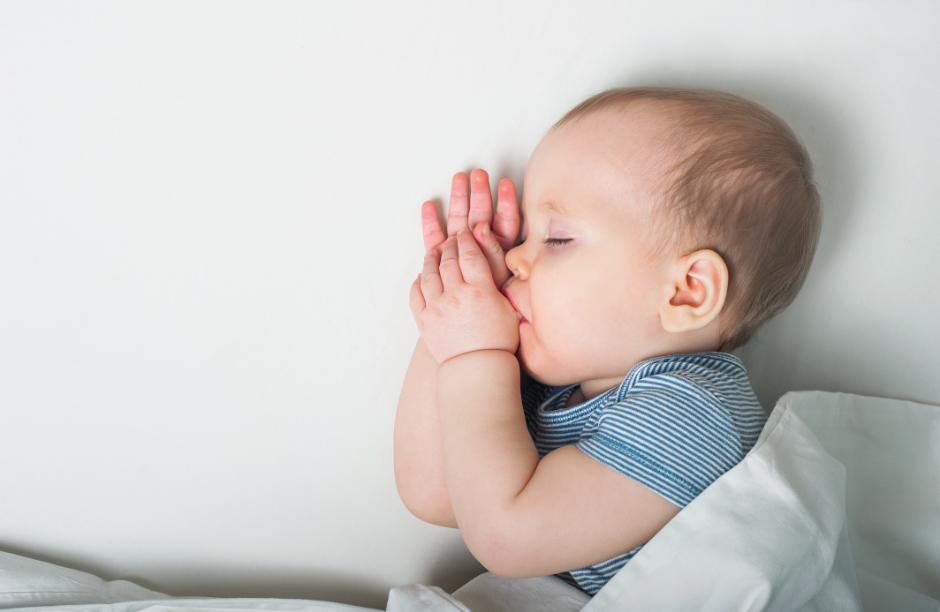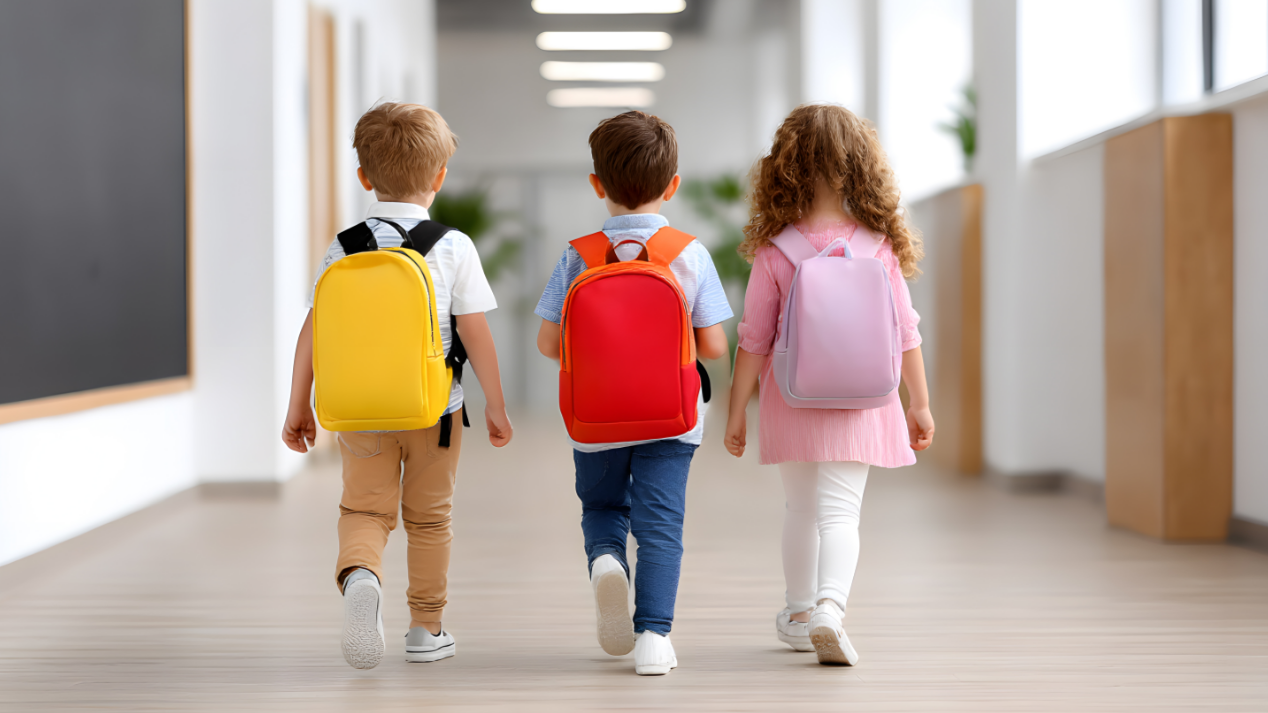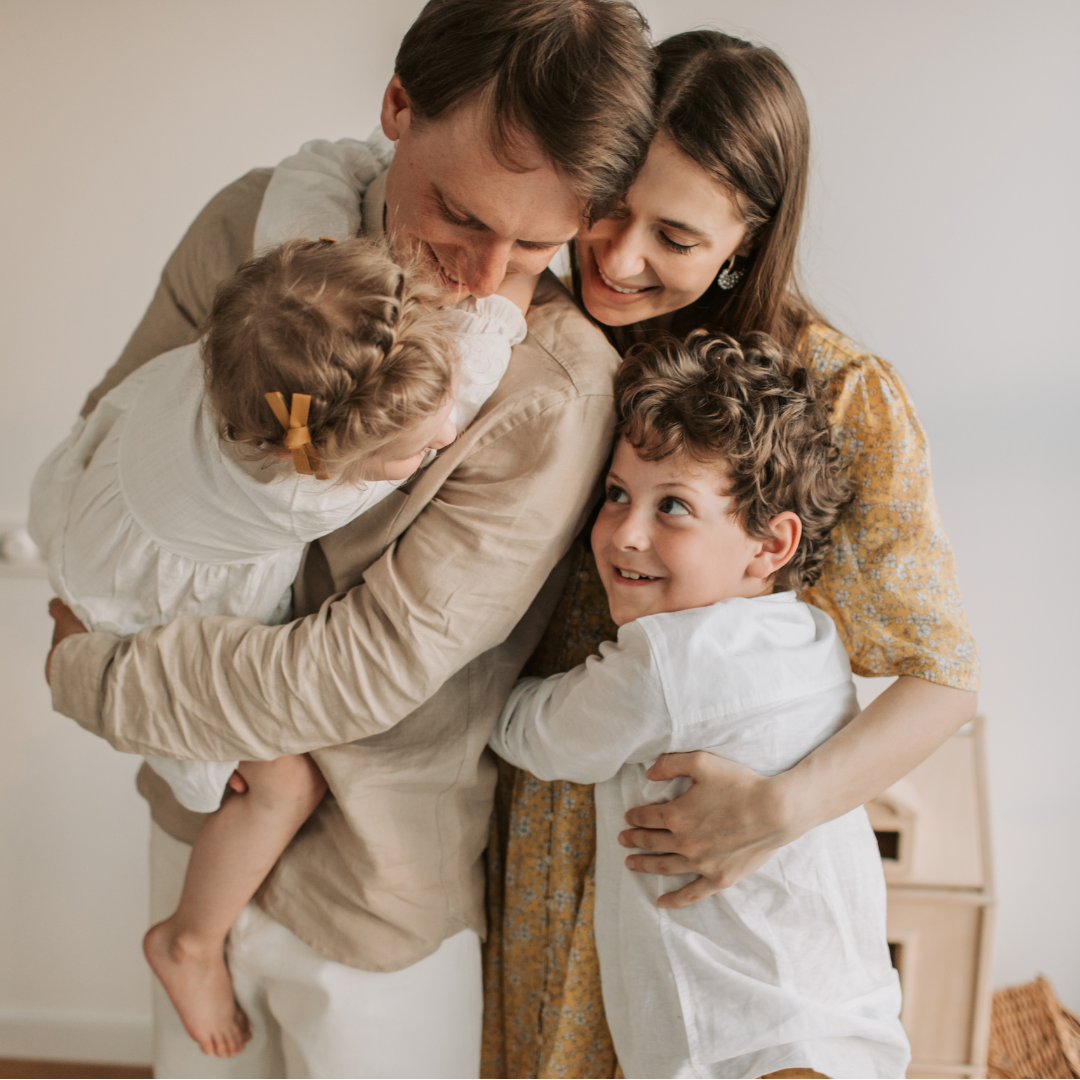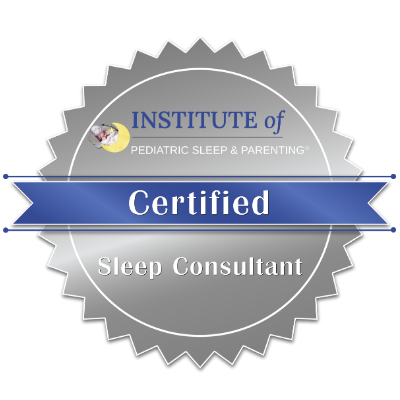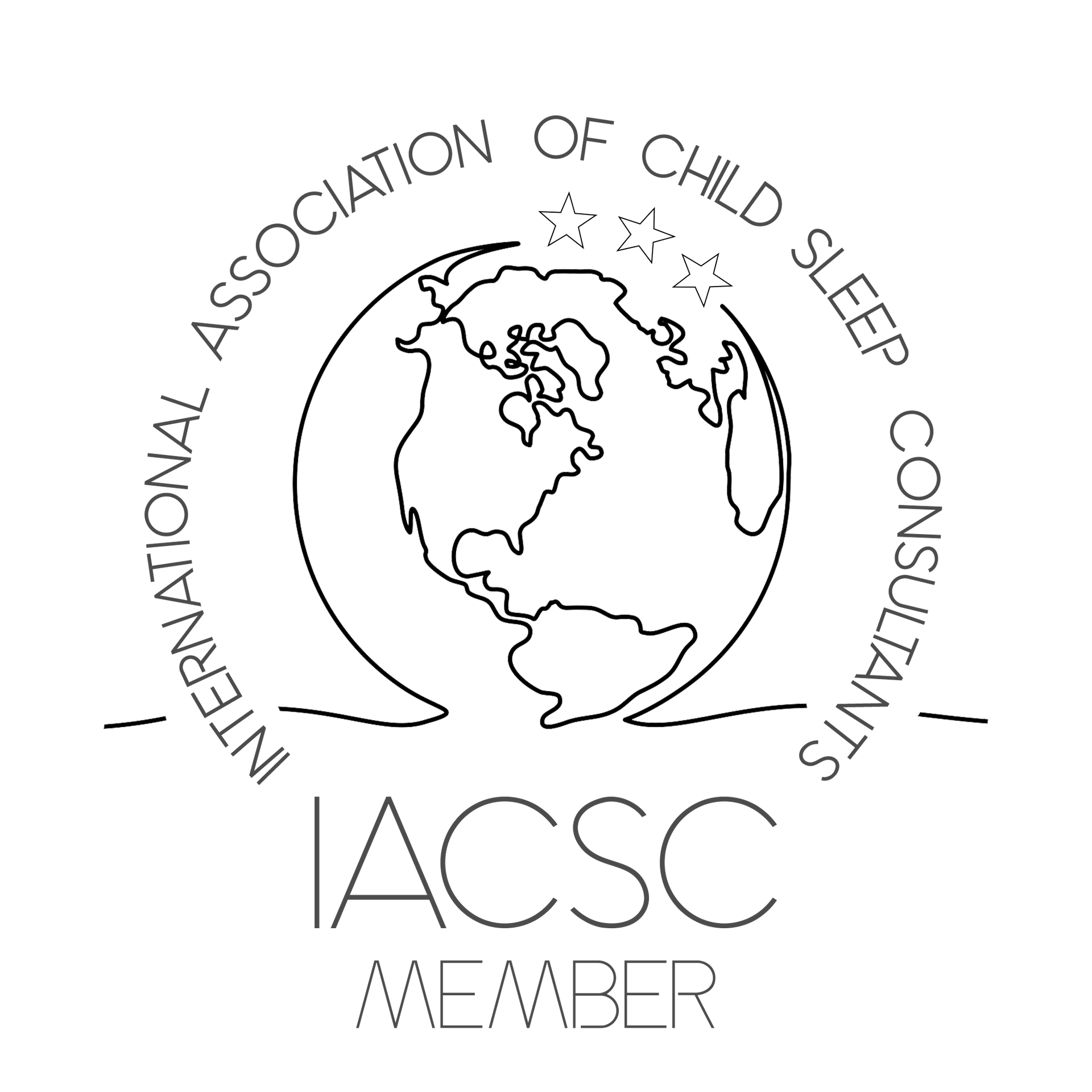Safe Sleep 101: A Complete Guide to Reducing SIDS Risk
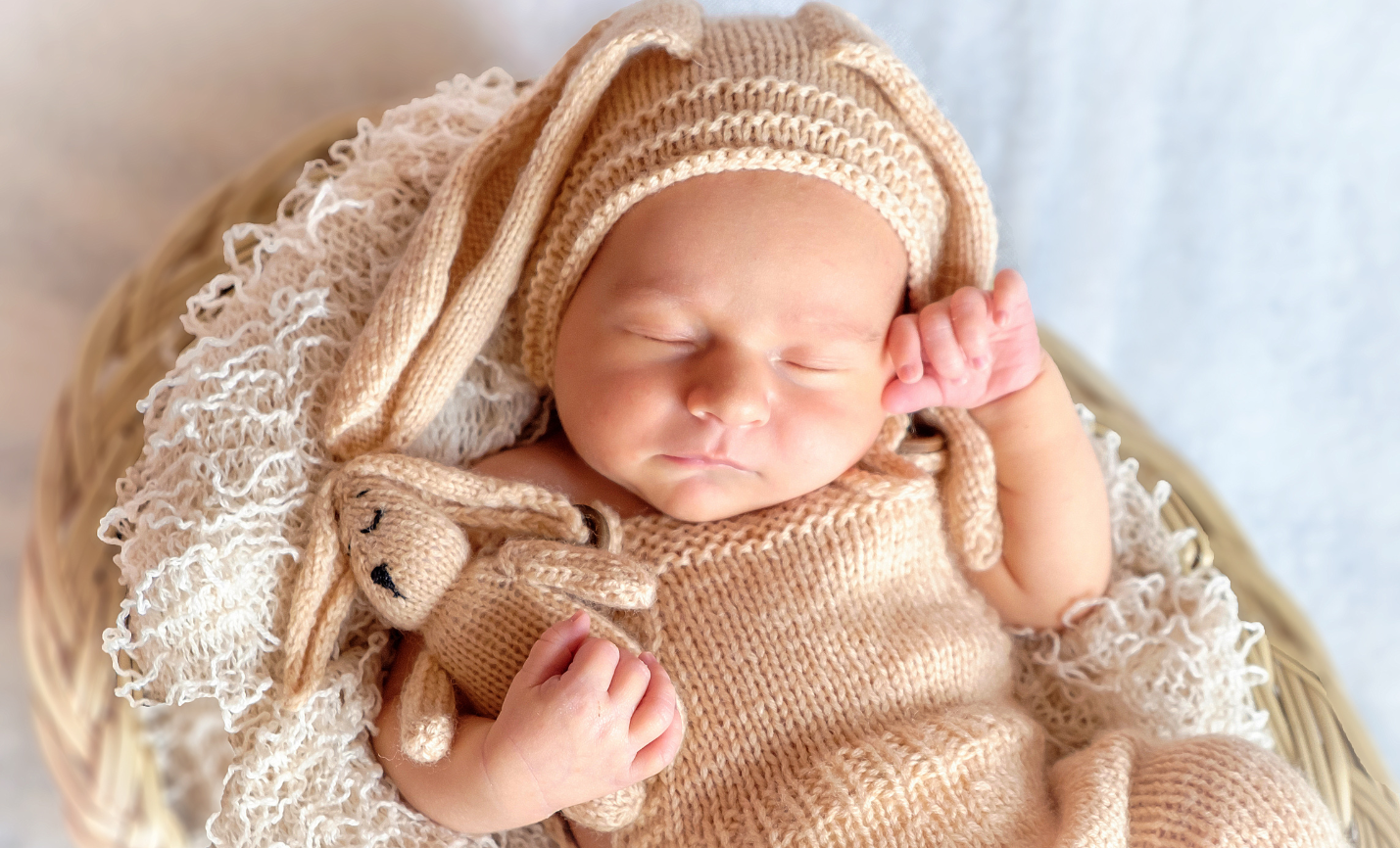
Safe Sleep 101: A Complete Guide to Reducing SIDS Risk
As a parent, nothing is more important than keeping your baby safe — especially while they sleep. Sudden Infant Death Syndrome (SIDS) is one of the most heartbreaking and misunderstood risks during infancy. The good news? While SIDS can’t always be explained, there are clear, research-backed steps we can take to reduce the risk and create a safe sleep environment for your little one.
In this guide, I’ll walk you through the most up-to-date safe sleep recommendations so you can feel confident putting your baby to bed.
What is SIDS?
SIDS, or Sudden Infant Death Syndrome, refers to the sudden and unexplained death of an otherwise healthy baby, typically during sleep and most commonly between 1–4 months of age. While it’s scary to think about, it’s important to remember that education and prevention go a long way.
The ABCs of Safe Sleep
The American Academy of Pediatrics (AAP) uses a simple acronym to help parents remember the basics:
- A — Alone: Your baby should always sleep alone in their own sleep space (bassinet, crib, or play yard). No pillows, stuffed animals, blankets, or bumper pads.
- B — Back: Always place your baby on their back to sleep — for naps and nighttime.
- C — Crib: Use a flat, firm mattress in a safety-approved crib or bassinet.
💡 Tip: Once your baby can roll both ways, it’s okay to let them stay in the position they choose, but always start sleep on their back.
Top Safe Sleep Guidelines (Backed by Science)
✅ Use a Firm Sleep Surface
Your crib mattress should be firm and fit snugly into the crib. Avoid soft bedding, memory foam, or inclined sleepers.
✅ Keep the Crib Bare
Skip crib bumpers, quilts, stuffed animals, and extra padding. A tight-fitting crib sheet is all you need.
✅ Room Share, Don’t Bed Share
It’s safest for baby to sleep in the same room, but not the same bed, for at least the first 6–12 months.
✅ Avoid Overheating
Dress your baby in light sleep clothing (like a sleep sack) and keep the room temperature comfortable — not too hot. Overheating is a risk factor for SIDS.
✅ Offer a Pacifier at Sleep Time
If breastfeeding is well established, offering a pacifier at naps and bedtime may reduce the risk of SIDS.
✅ No Smoking Around Baby
Smoking during pregnancy and exposure to secondhand smoke increases the risk of SIDS. Create a smoke-free environment.
Safe Sleep Myths (and What You Need to Know)
Myth: My baby won’t sleep unless they’re on their tummy.
Truth: It might take some adjusting, but all babies can learn to sleep on their back safely. Tummy sleeping raises the risk of SIDS significantly in young infants.
Myth: A little blanket will keep my baby cozy.
Truth: Instead of loose blankets, use a wearable blanket or sleep sack designed for infants.
Myth: Crib bumpers prevent injury.
Truth: They actually pose a risk of suffocation and are no longer recommended.
Safe Sleep Checklist for Every Nap and Night
- Baby is on their back
- Sleeping in a crib, bassinet, or play yard
- No loose items in sleep space
- Dressed appropriately for room temperature
- Pacifier offered if baby will take it
- Non-smoking environment
Final Thoughts
Safe sleep isn’t about perfection — it’s about consistency and awareness. These small, mindful choices can have a big impact on your baby’s safety and sleep quality. As a pediatric sleep consultant, I’m here to help you create a sleep environment that is safe, nurturing, and effective.
If you ever feel overwhelmed or unsure, reach out. You're not alone in this.
Restful Baby Blog
